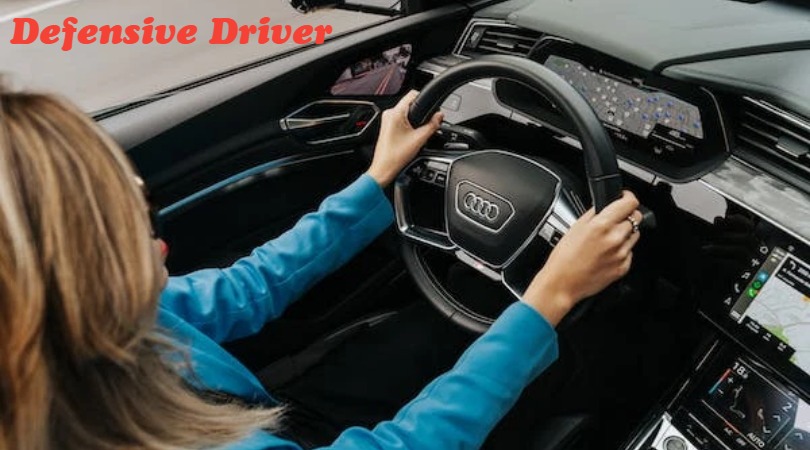
Defensive Driver- Car accidents are one of the leading causes of injury and death in the United States. People are on their daily commutes, running errands, visiting friends and family, or going on trips all the time every day. With millions of motorists on the road at any given time during the day, there is always risk involved with driving.
When you first learn how to drive, you may have taken a defensive driving course. Often, these lessons are seen as an obstacle to finally getting that license that gives you the freedom to travel without relying on others. But these courses teach some important skills that should never be forgotten.
Since you have no control over the actions of others while on the road, preventing car accidents is not just about following traffic laws. It is about being proactive in watching out for potential mistakes. This concept is referred to as defensive driving. You are not merely being a safe driver, but are actively looking to prevent and prepare for dangerous situations that may arise.
Table of Contents
Here are some practical ways to Become a Defensive Driver:
Keep Your Eyes on the Move:
Just because you are staying in your lane, following the speed limit, and obeying all traffic laws, and have a car equpimed with the best safety features does not mean that you will never get into an accident. Other drivers can make mistakes or dangerous road conditions can lead to a vehicle losing control.
Keeping your eyes on the move is a great way to spot dangerous situations quickly and give yourself time to react. Check your rear-view and side-view mirrors frequently to keep track of the traffic around you and any vehicles that you are close to. Awareness of your surroundings could be the key to preventing an accident that may seem to come out of nowhere.
Watch Vehicles Entering the Roadway:
Sometimes, drivers are not thoroughly checking each direction when they enter a road from a driveway, parking lot, or on-ramp. When you notice a vehicle that is waiting to enter the road in front of you, keep an eye on them as you approach. If they start to pull out too early and you are already watching them, you will have more time to avoid the collision.
This is especially true if you have just pulled onto the roadway yourself. If a driver further down the road has already checked your direction and then looks away as you pull out before they do, they may start to move forward before noticing your vehicle. The more you train yourself to watch for vehicles pulling out in front of you, the more reaction time you will have to avoid an accident and these common car accident injuries.
Be Alert for Vehicles Making Left Turns:
When a vehicle is making a left turn, several issues can pop up. There could be multiple lanes of traffic that hide one another from the driver making the turn during the approach. Other vehicles may attempt to leave the lane of the turning vehicle to pass them on to the right. If you are the turning vehicle and you turn your wheels to the left as you wait for oncoming traffic to clear, a vehicle that bumps you from behind might push you directly into that traffic.
Being prepared for some of these instances when left turns are occurring will grant additional reaction time should one of these errors happen.
Plan for the Worst:
This statement is not meant to turn you into a paranoid driver. Rather, it should serve as motivation for being as prepared as possible for handling dangerous situations on the road. Whether you are stuck in bumper-to-bumper traffic or cruising down country roads, small mistakes or lapses in attention can quickly lead to an accident. If your mindset is to plan for the worst, these defensive habits will become second nature and you will not even notice that you are doing it.
If you do happen to get injured in a motor vehicle crash, you should contact a car accident attorney in Clarksville who can help you navigate the claims process to pursue damages.
Defensive Driving Can Save Lives:
If everyone followed these practices while on the road, motorists would certainly be safer overall. Unfortunately, this is not the case and people will continue to make mistakes or not pay close attention while driving.
By keeping your eyes moving, keeping an eye on motorists entering the road, watching for left-turning vehicles, and planning for the worst, you will be better equipped to have a faster response time when situations that can lead to car accidents happen. Start incorporating these habits now to make them instinctual and protect yourself, your passengers, and your vehicle as you travel.
Visit for more best articles